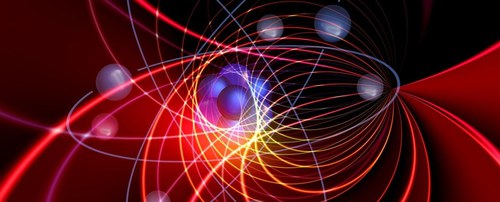Our current understanding of high-energy physics is encapsulated in the Standard Model (SM) of fundamental interactions, which describes both the strong (QCD) and electroweak forces. The SM is a highly successful theory, with its predictions confirmed to remarkable precision by a wide range of experiments, such as those currently conducted at CERN. Nevertheless, many key questions remain unanswered, including the dynamics of strong interactions under extreme conditions and the nature of new physics beyond the SM. Our group's research addresses several of these topics, focusing on:
Precision physics at colliders, through advanced theoretical calculations (NNLO corrections, electroweak effects, etc.) to identify potential deviations from the SM.
Effective field theories, which parameterize possible indirect signals of new physics in experimental data, and allow for their interpretation in terms of models beyond the SM.
Scattering amplitudes, by developing innovative methods for computing loop integrals and amplitudes, applicable across various physical contexts, including QCD in extreme regimes.
Nuclear strong interactions, by studying elastic and quasi-elastic scattering reactions to determine the structure of finite nuclei using different mathematical approaches, and investigating nuclear superconductivity.
